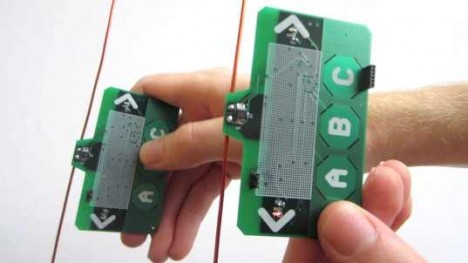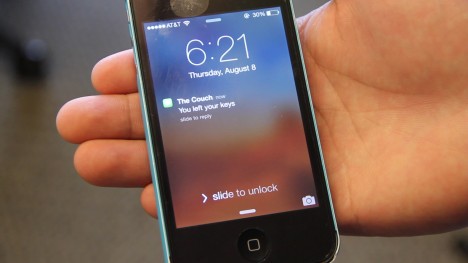
Wireless charging has just made a huge new leap, thanks to researchers who have demonstrated that existing Wi-Fi infrastructure can be used to power devices remotely, including battery-free technology or rechargeable lithium-ion, coin-cell batteries, at a range of up 28 feet or more.
Shyam Gollakota worked with a group of University of Washington researchers on PoWiFi, their latest breakthrough demonstration using ambient backscatter radio signals to power devices. The trick to consistent energy: getting existing routers to send out RF signals that are then converted into DC power and voltage-adjusted for the use case.

Their paper on Powering the Next Billion Devices with Wi-Fi expands on the implications of their work and the near-future potential for global wireless power, the key being: usage of existing infrastructure to save time and costs.
From the team at the U of W: “More recently researchers have demonstrated the feasibility of powering sensors and devices in the far field using RF signals from TV [46, 36] and cellular [55, 44] base stations. This is exciting, because in addition to enabling power delivery at farther distances, RF signals can be used to simultaneously charge multiple devices due to their broadcast nature.”

More on their work: “Ambient Backscatter transforms existing wireless signals into both a source of power and a communication medium. It enables two battery-free devices to communicate by backscattering existing wireless signals. Backscatter communication is orders of magnitude more power-efficient than traditional radio communication. Further, since it leverages the ambient RF signals that are already around us, it does not require a dedicated power infrastructure as in RFID.”

